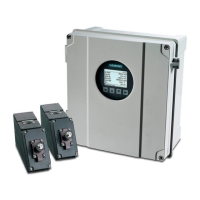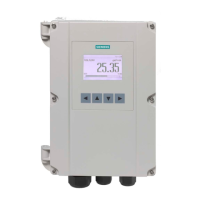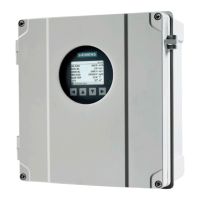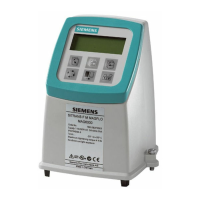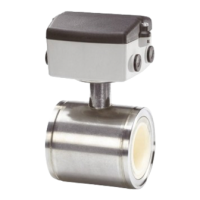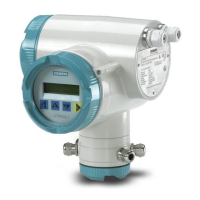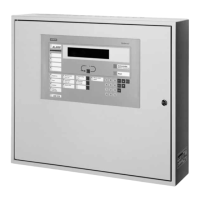Planning an FDnet detector line
7
73 |
Building Technologies
7.1.7.2 Number of sub-stubs depends on cable resistance
The maximum number of sub-stubs on a FDnet loop depends on the ↑ loop's line
resistance. The table below provides an overview of the possible number of sub-
stubs.
Max. number of
↑ stubs/↑ loops
(sub-stubs)
Loop resistance
R
cable
+ R
iso
Pure cable resistance
R
cable
5 <240 Ω <180 Ω
10 <210 Ω <150 Ω
20 <150 Ω <100 Ω
40 <100 Ω <60 Ω
Table 17: Number of sub-stubs depends on line resistance
R
cable
: Pure cable resistance of loop (measured on the loop terminal)
R
iso
: Total of isolating resistors of line devices on loop (0.5 Ω per line device)
Figure 23: Cable resistance for sub-stubs
The standard resistance rules do also apply here (distance rule for the detector
that is furthest away).
7.1.7.3 Cable capacitance
Relevant capacitance
● Capacitance Cp’
Cp’ is the capacitance between the two conductors per km. The cable
manufacturer usually specifies the capacitance Cp’.
● Capacitance Cs’
Cs’ is the capacitance per km between one conductor and the other conductor
connected to the first one via the shield.
The line capacitance that is relevant to the ↑ detector line refers to Cs’. The
reason is a possible ground fault on a detector cable.
The calculations (including those in the outline quantities tool) always refer to the
capacitance Cs’.
The following applies for unshielded cables:
Cs’ = Cp’
The following applies for shielded cables:
Cs’ = 1.8 * Cp’ (rule of thumb in cases where only Cp’ is known, and not Cs’)
LOOPxA
LOOPxB
R
cable
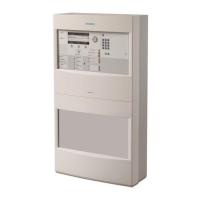
